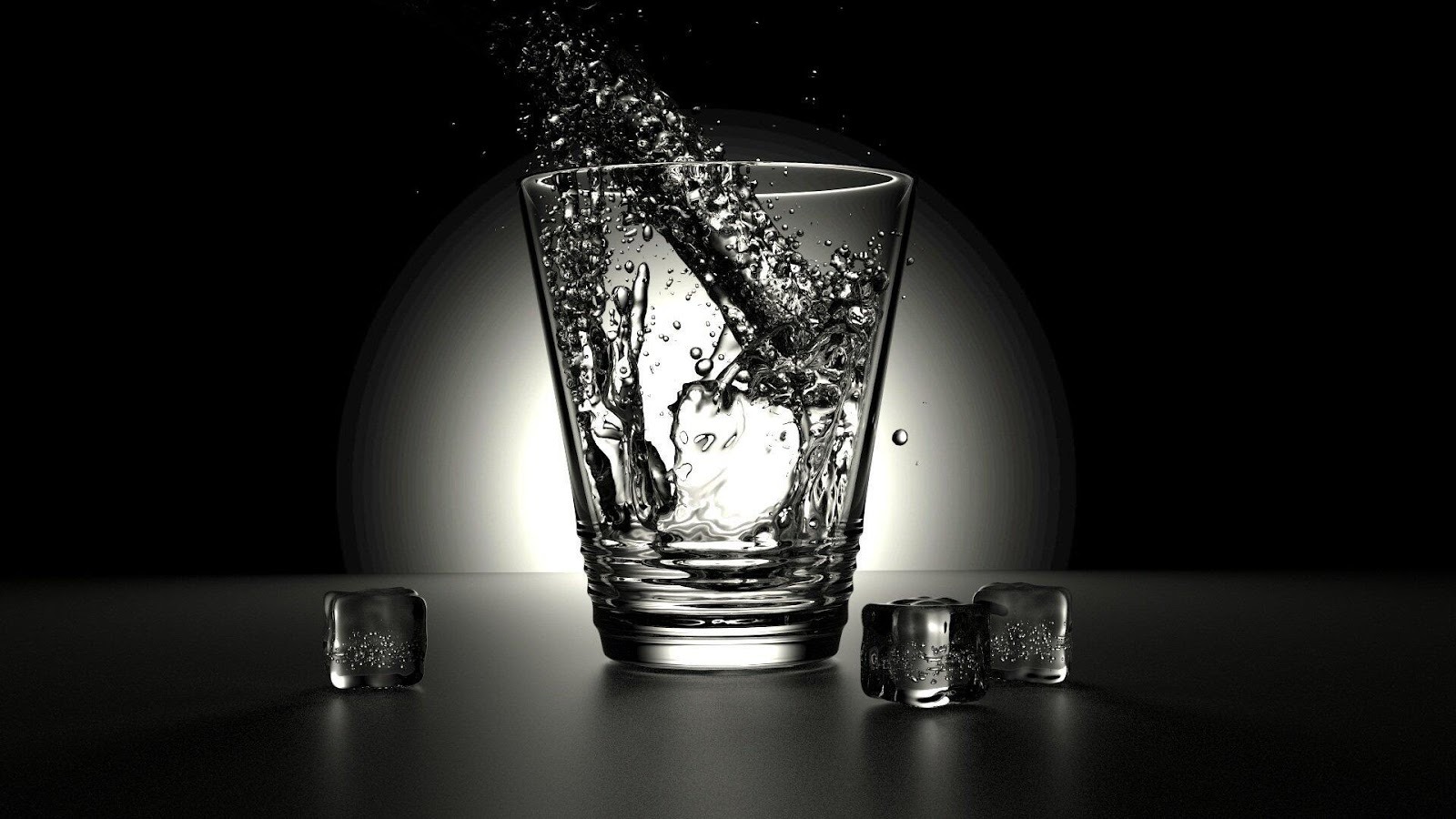Clean water is more than a basic need in healthcare. It plays a central role in keeping patients safe and ensuring devices are processed correctly. Medical devices must be sterilized to the highest standards, and water is often part of that process.
If the water is not pure, it can carry minerals, microbes, or chemicals that may harm patients. This is why strict water quality standards exist. They are not just rules but vital steps in protecting health.
The Role of Standards in Safety
Water quality standards guide how medical devices are cleaned, rinsed, and sterilized. These standards come from agencies that study risks and set limits to reduce them. By adhering to these standards, hospitals and clinics can significantly reduce the risk of contamination.
Standards ensure consistent care across facilities. Whether a patient is treated in a small clinic or a large hospital, the same high level of safety should apply.
Key Elements of Water Quality
Water quality is measured in several ways. One part looks at bacteria levels, while another checks for chemicals or minerals that may leave residues. The balance of pH and temperature can also affect how well devices are cleaned.
Even small changes in these factors can make a big difference in results. For example, water that is too hard may leave deposits on instruments. Pure water, on the other hand, allows sterilization systems to work at their best.
Treatment and Monitoring in Practice
Many healthcare systems invest in special equipment to treat and monitor water. Regular testing is done to make sure standards are met every day. This includes both spot checks and long-term monitoring. When a problem is found, teams act quickly to fix it.
By staying watchful, facilities can prevent risks before they reach patients. This practice protects not only patients but also staff who rely on safe devices for daily care.
Support from Technology and Services
Modern technology has made it easier for facilities to manage water quality. Systems for healthcare facility water treatment provide advanced ways to filter, soften, and purify water.
These systems reduce the load on staff and create reliable results. With the help of these solutions, medical teams can focus on patient care, knowing that device processing is safe and effective.
Building Trust Through Standards
Patients often do not see the work that goes into keeping medical devices safe. But trust in healthcare depends on these unseen efforts. By following strict water quality standards, facilities prove their commitment to safety.
This trust grows stronger with every safe procedure and every well-processed device. For healthcare providers, meeting standards is more than a duty; it is an integral part of the promise they make to every patient.
Safe Water, Safe Care
Understanding water quality standards is essential for safe medical device processing. Clean water ensures devices are prepared without risk and patients remain protected. From strict rules to advanced treatment systems, every step matters in creating safe care environments.
For patients, it means peace of mind. For providers, it means fulfilling the highest duty of care. With safe water, healthcare creates safe outcomes.
For more on this content, visit the rest of our blog!
